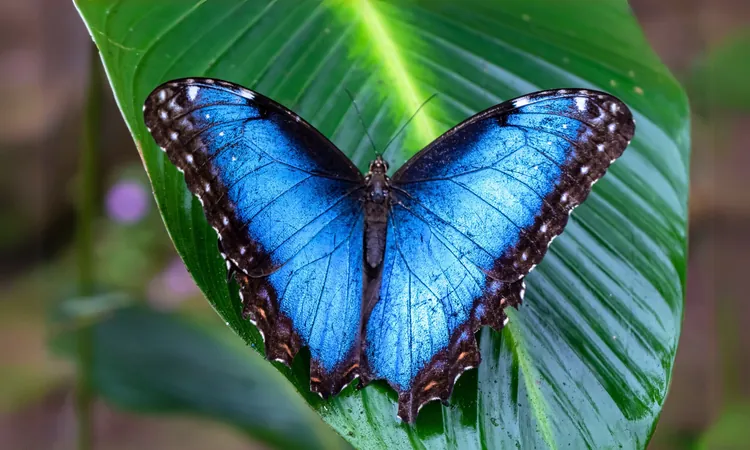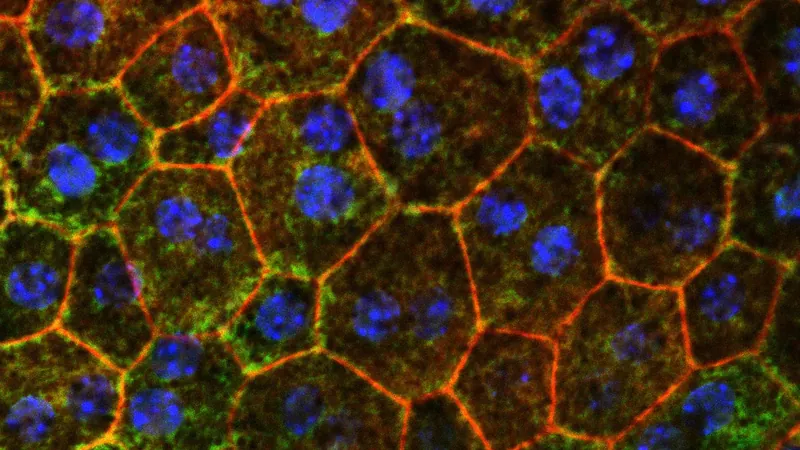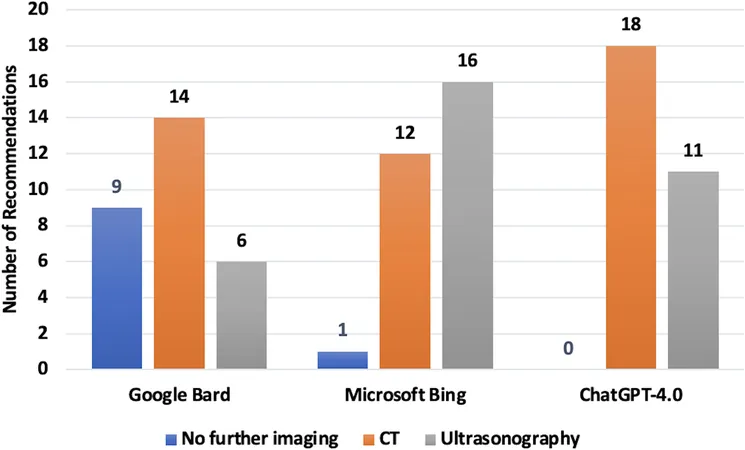
How Butterfly Hovering Could Transform Drone Technology
2025-05-19
Author: Rajesh
The Magic of Butterfly Flight
Butterflies might appear to drift and zigzag in the air, but their seemingly erratic movements play a crucial role in keeping them airborne. Recent research led by Yanlai Zhang from Beihang University explores the incredible way butterflies use their body angle to maintain stable flight.
The Science Behind the Flutter
To the untrained eye, butterfly flight looks chaotic due to quick shifts and uneven wing beats. However, these actions are actually precise maneuvers designed for evading predators. Flexible wing structures are vital for their balance, revealing a sophisticated relationship between wing movement and body alignment that aids in lift.
Body Tilt: The Secret to a Butterfly’s Hover
Researchers have discovered that a butterfly’s body pitch angle significantly impacts its ability to hover. By adjusting this tilt, butterflies can counteract gravity and change direction efficiently, allowing them to remain stable in the air.
Unlocking the Airflow Mystery
The unique flight patterns of white cabbage butterflies, with their frequent stops and starts, suggest they are fine-tuning their body positions to harness good air currents. These slight adjustments are essential for maintaining stability while hovering.
Implications for Drone Innovation
These findings have caught the attention of engineers developing micro aerial vehicles (MAVs). By mimicking the low-frequency wing beats of butterflies, future drones could achieve quieter and more efficient hovering capabilities.
The Future of Wildlife Observation
Imagine drones that can monitor wildlife without causing disturbances! Silent, hovering devices designed using the body pitch principle could provide valuable insights into ecological processes such as pollination.
The Engineering Behind It All
By utilizing computational fluid dynamics, scientists are decoding the butterfly's rapid wing movements and their impact on lift. Understanding these dynamics can lead to the development of advanced, lightweight drones equipped with butterfly-inspired agility.
Tackling Challenges Ahead
To bring these designs to life, engineers will need to overcome challenges such as ensuring adequate lift without adding weight. Materials that mimic the flexibility of butterfly wings may be the key to achieving lifelike motion.
A New Era of Bio-Inspired Technology
This research opens exciting avenues where biology meets technology, showcasing how butterfly flight could revolutionize the design of miniature flying robots. The study has been published in the journal 'Physics of Fluids', paving the way for innovative applications in various fields.




 Brasil (PT)
Brasil (PT)
 Canada (EN)
Canada (EN)
 Chile (ES)
Chile (ES)
 Česko (CS)
Česko (CS)
 대한민국 (KO)
대한민국 (KO)
 España (ES)
España (ES)
 France (FR)
France (FR)
 Hong Kong (EN)
Hong Kong (EN)
 Italia (IT)
Italia (IT)
 日本 (JA)
日本 (JA)
 Magyarország (HU)
Magyarország (HU)
 Norge (NO)
Norge (NO)
 Polska (PL)
Polska (PL)
 Schweiz (DE)
Schweiz (DE)
 Singapore (EN)
Singapore (EN)
 Sverige (SV)
Sverige (SV)
 Suomi (FI)
Suomi (FI)
 Türkiye (TR)
Türkiye (TR)
 الإمارات العربية المتحدة (AR)
الإمارات العربية المتحدة (AR)